When Is The Best Time to Travel to Europe?
One question I often hear from my travel clients is: “When is the best time to travel to Europe?”
And it’s a great question.
But there’s no one answer.
I always say, “It depends.”
I think you can go to Europe most any time depending on where in Europe you want to travel to and what you want to experience.
So here are some tips to help you decide when is the best time to travel to Europe for YOU.
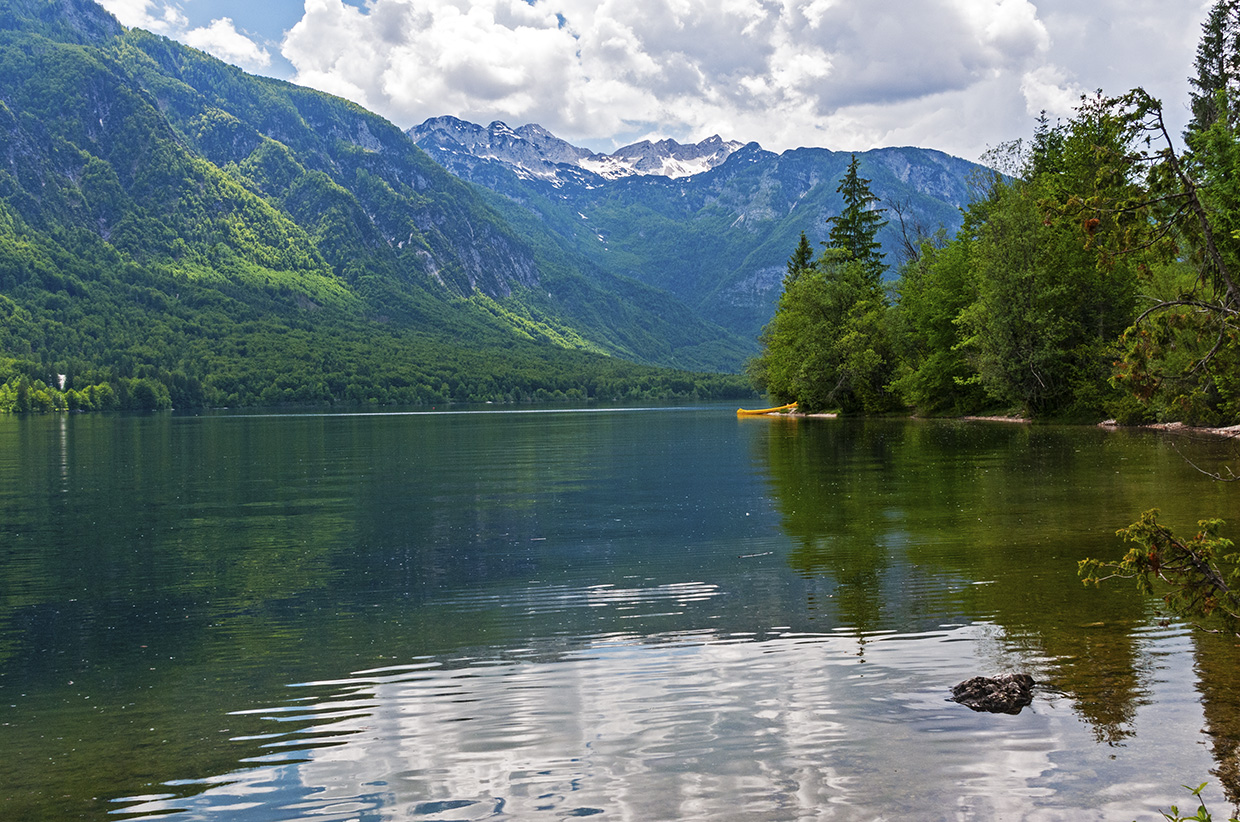
Where do you want to travel to?
Just like here in the USA or Canada the destinations in the southern part of Europe will typically be warmer year round and those in the northern part of Europe will be colder.
So if you want to visit southern Italy or southern Spain in summer, then you have to be prepared for some serious heat.
It will be hot!
And given what summer of 2023 was like, that heat could lead to some sites shutting down for part of the day.
But it can be quite nice in spring and autumn in these destinations.
Even winter can be somewhat mild.
On the other hand, summer can be a fabulous time in northern Europe, especially the UK, Ireland and countries like Norway, Sweden and Finland where they have some moderately warm temperatures — and very long days.
Get the map out and look at where this destination is on that map of Europe — north, south, central.
Think about where you want to travel to first as this can greatly affect WHEN to make that trip — especially if you have flexibility on choosing when to take that holiday.
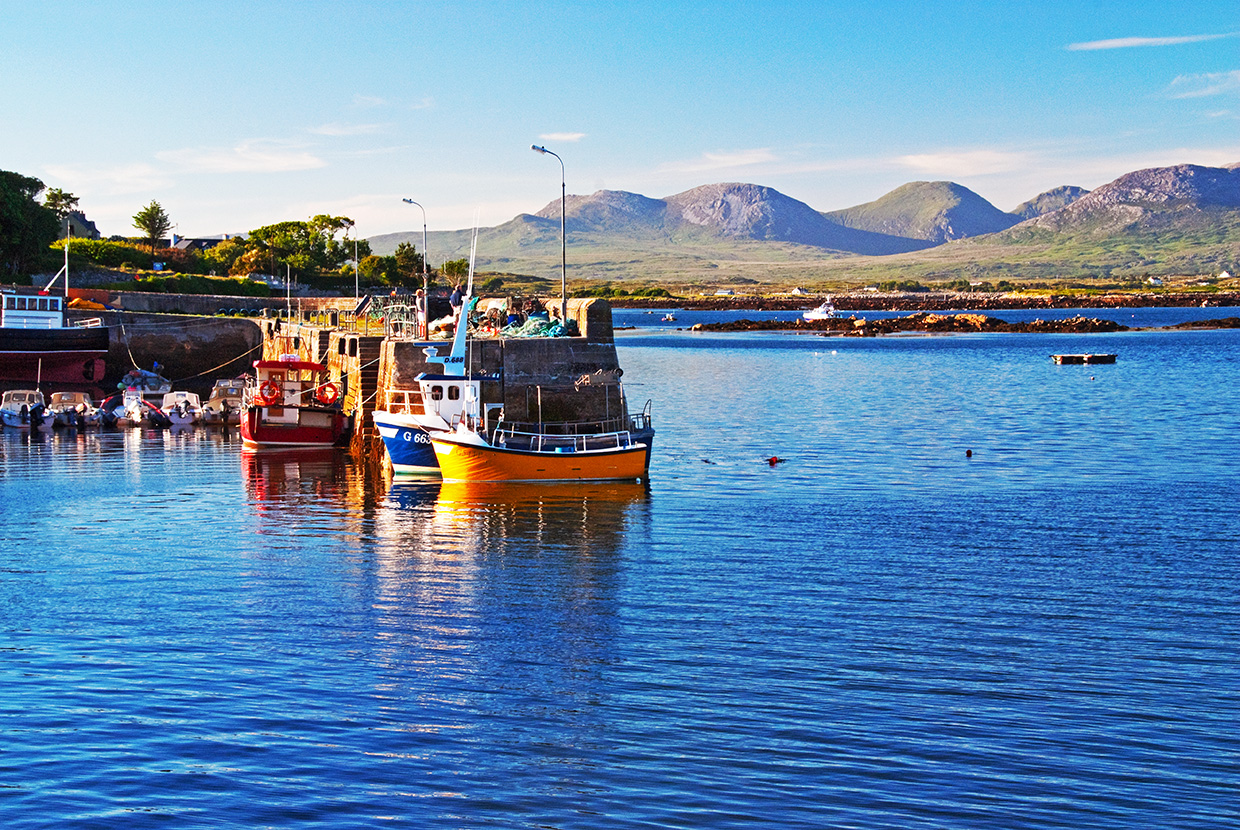

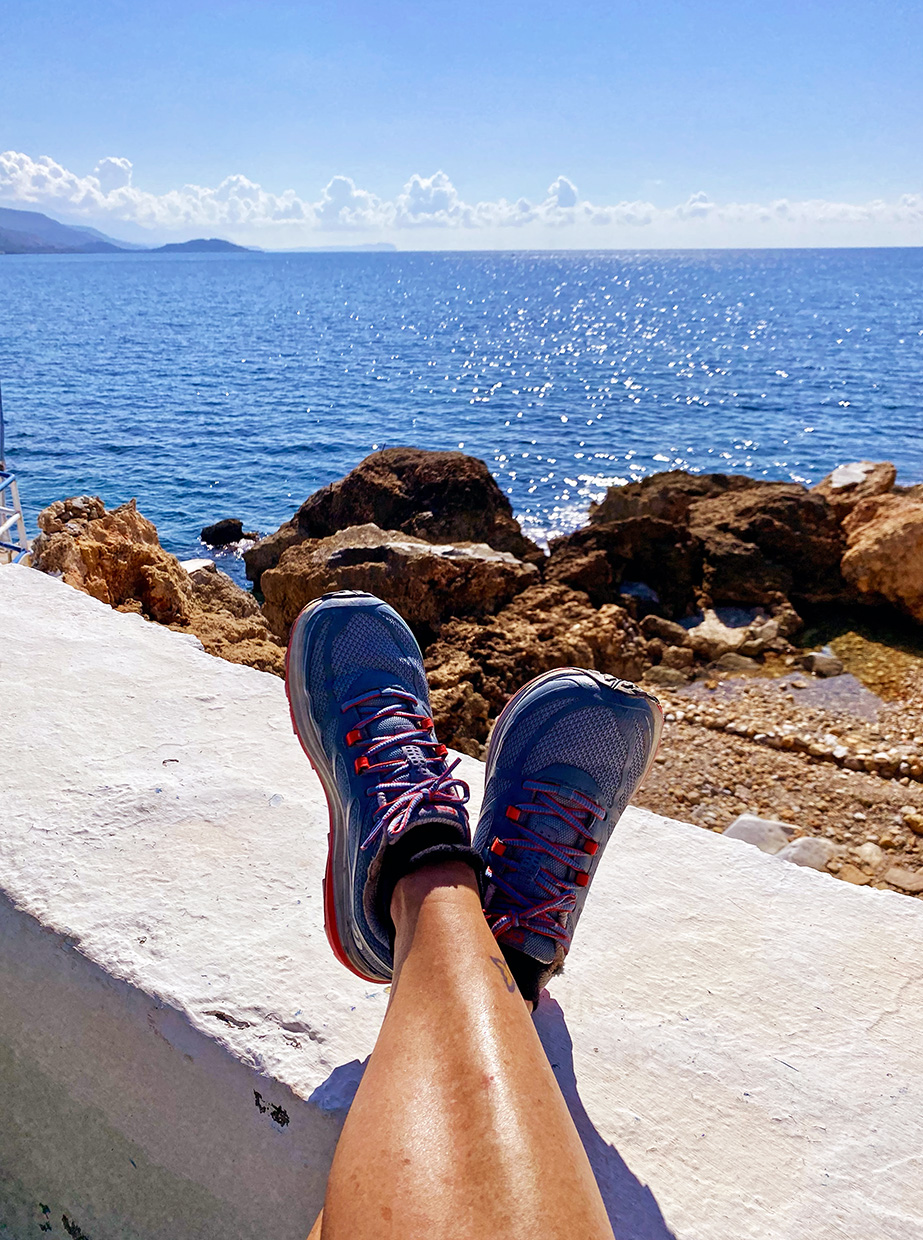
Do you like the heat? Or the cold?
Do you absolutely melt in the hot temperatures or freeze your ass off when it drops below 35F?
If you don’t like cold temperatures then you need to avoid places like Norway or Germany or Poland in the winter.
It will be very cold.
Don’t like super hot weather?
Then please don’t go to Rome or Seville in summer.
You’ll bake in the heat.
Not a fan of rainy days?
Then you probably won’t like Ireland or Scotland any time of year!
Now weird weather can pop up at any time.
So nothing is a given.
But checking the weather patterns over the past few years for a destination during a specific time frame is a good start.
This will help you get an idea of what the climate is like in the place you are considering.
And being honest with yourself about what you can tolerate is the other factor to take into account.
You know yourself best and know if you melt when it’s over 80F.
Or when you’re teeth are chattering at 50F.
Your own internal temperature gauge will determine the best time to travel to Europe for YOU.

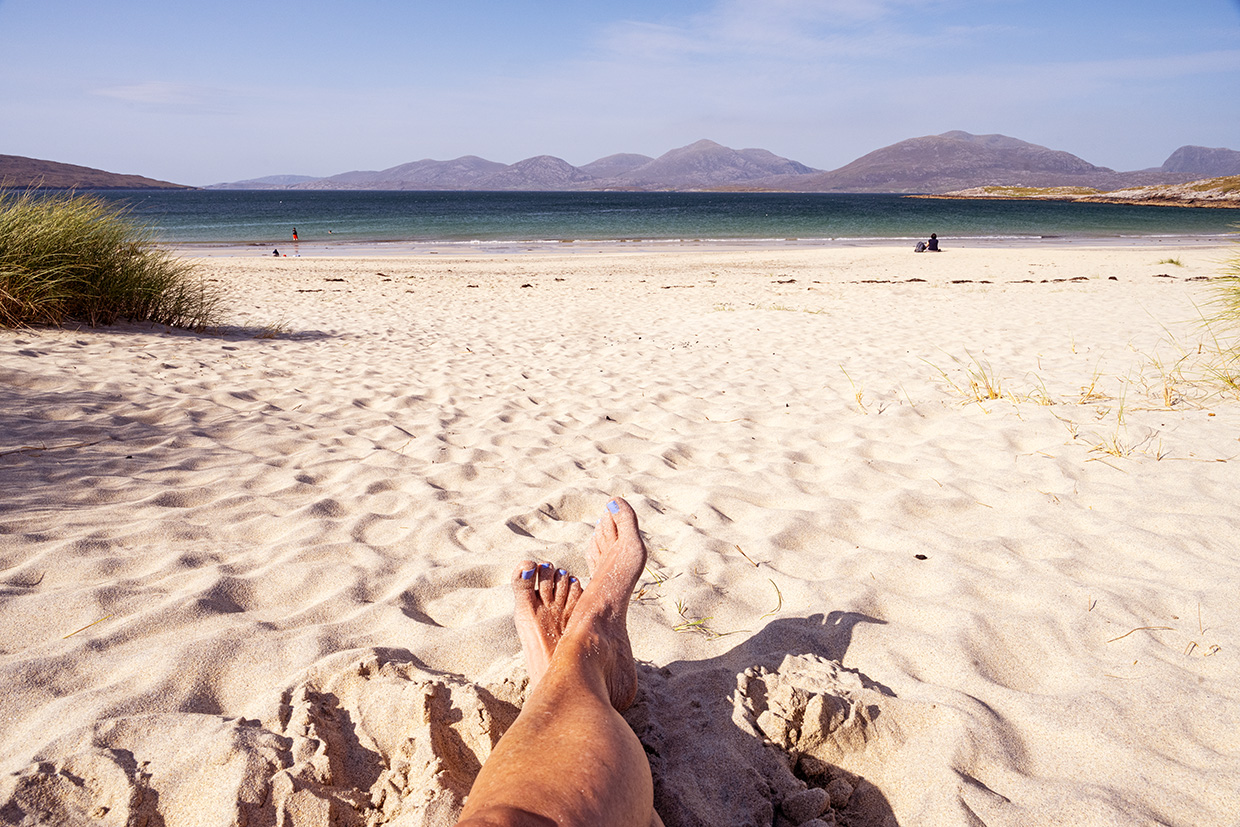
What experiences do you want to have?
I think this is the most important piece of the puzzle.
What do you want to do, see and experience?
Want to ski in the mountains?
Then you need to travel to Europe in winter.
Do you want to swim in the Mediterranean Sea?
Then summer is a great time, but so is September in those southern countries like Italy, Spain and Croatia.
If you’re into hiking in the mountains, then summer is your jam — although September can be a great month as well.
Often we travel for a specific event.
So maybe you want to be a part of Oktoberfest in Munich.
Then you’ll be taking that trip to Germany in late September or early October.
Craving the traditional Christmas markets?
December is your month.
If you want to experience sites without crowds, then you should probably avoid summer and other holidays (Christmas and Easter).
But if you love lively streets filled with people then summer can be amazing.
You get the idea.
There may be certain experiences you want to have that can only be had at certain times of year.
Be sure to take this into account.
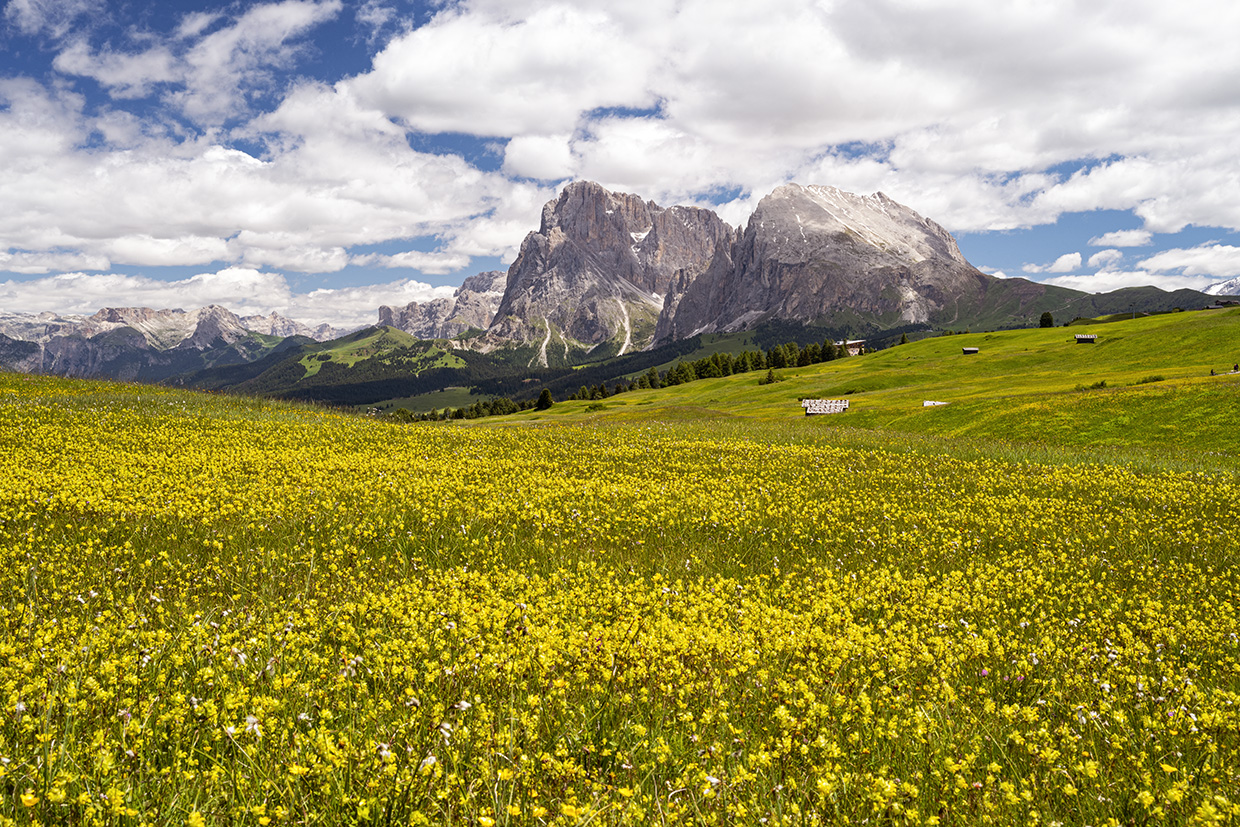
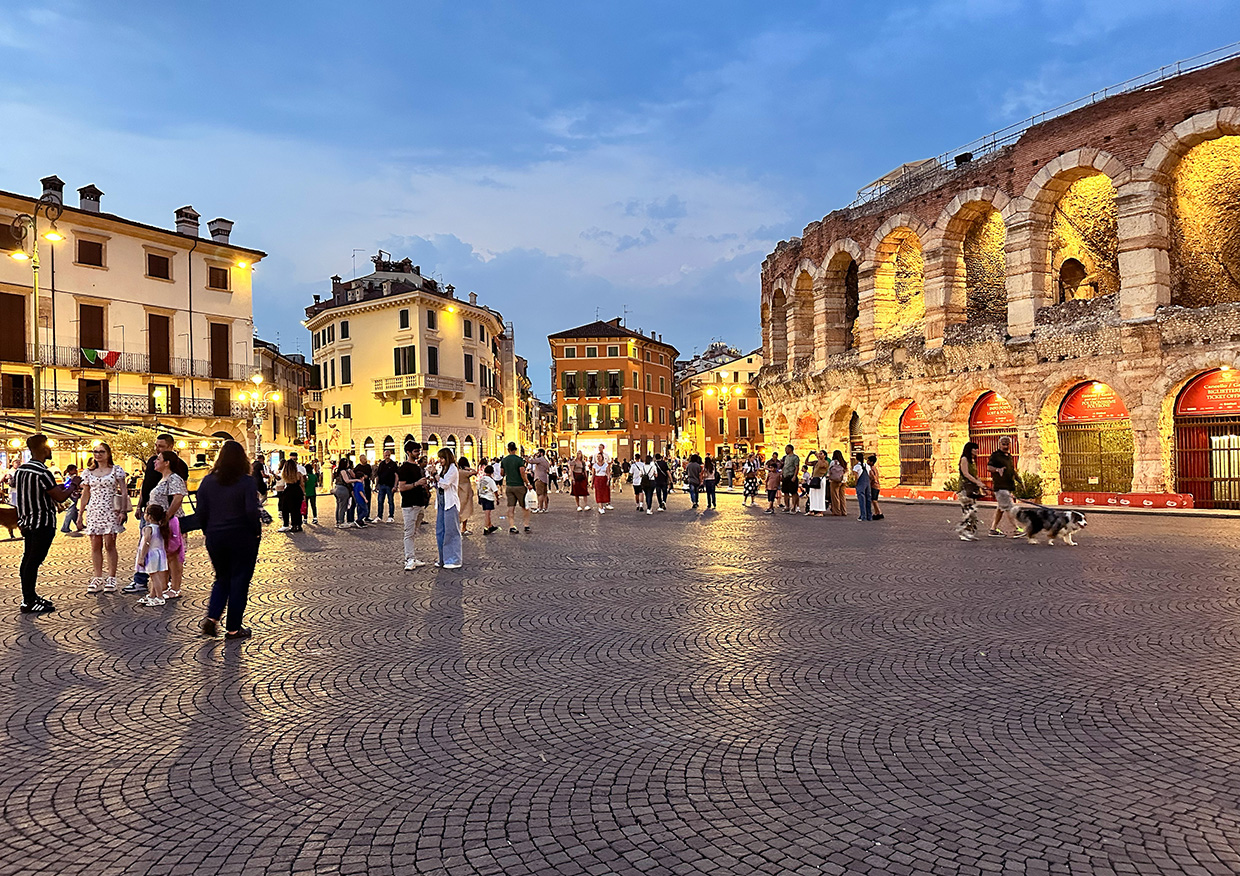
What kind of budget do you have?
Every destination will have its high season and low season — and low season is always a fabulous time to travel if your budget is tight.
High season — typically summer (July and August for most of Europe), Christmas and Easter — is definitely more expensive.
Low season and the mid-season or shoulder season times will vary a bit more depending on the destination.
It might be low season for Paris in winter, but the French alpine villages that are home to ski resorts will be in high season.
So if you’re budget conscious and have a flexible schedule, the best time to travel to Europe for you may be in winter or the shoulder season.

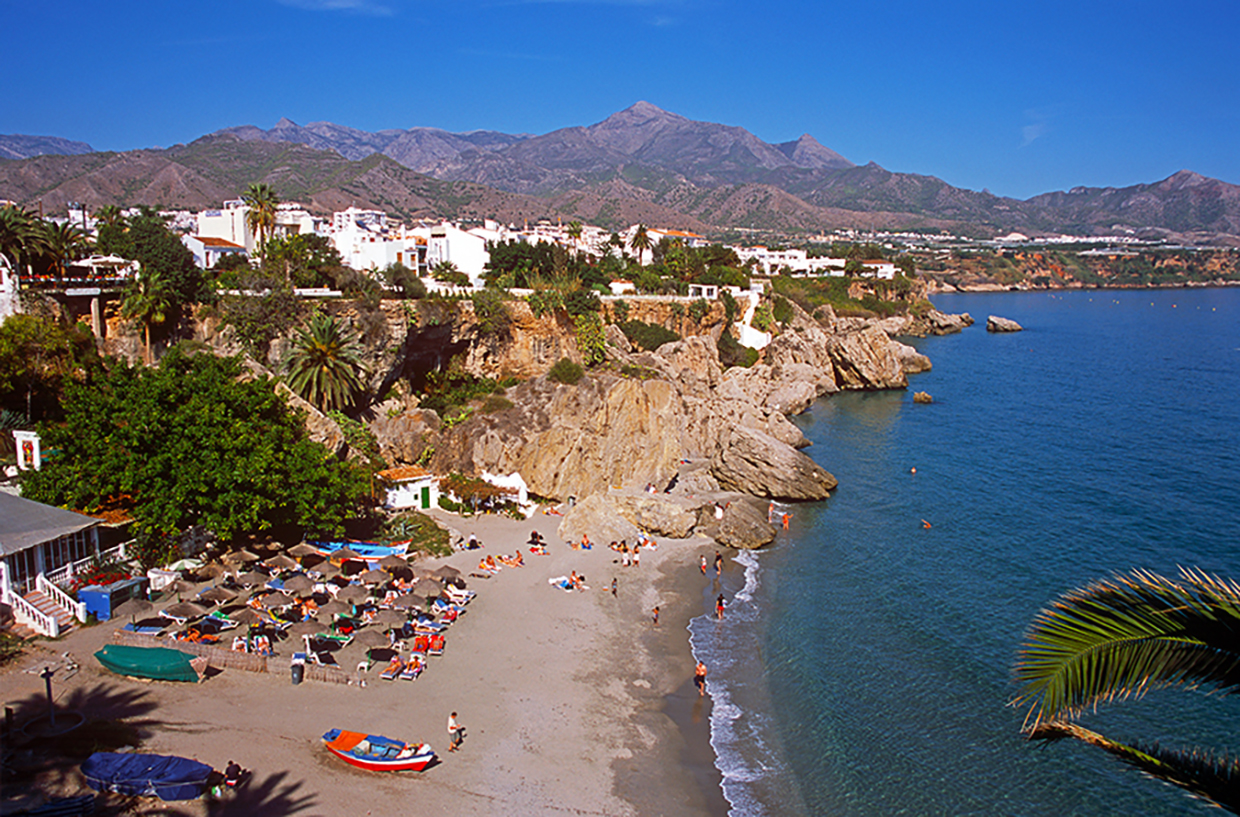
A few other considerations for the best time to travel to Europe
Before you make firm plans remember a few things.
Often some sites will close down in the off season.
For example when I was in Ireland in 2017 there were a few of the heritage sites that I couldn’t visit because it was late March/early April.
So I missed out on a couple of these places as some of these are only opened from early April through early October.
Sometimes accommodation isn’t readily available in the off season.
And some resort towns all but shut down out of season.
Do your homework so you don’t run into any surprises.
And know yourself and what you want out of this trip.
If you still need help, then consider hiring a travel advisor like me as we can help you figure out what works best for you.
So when is the best time to travel to Europe?
Anytime!
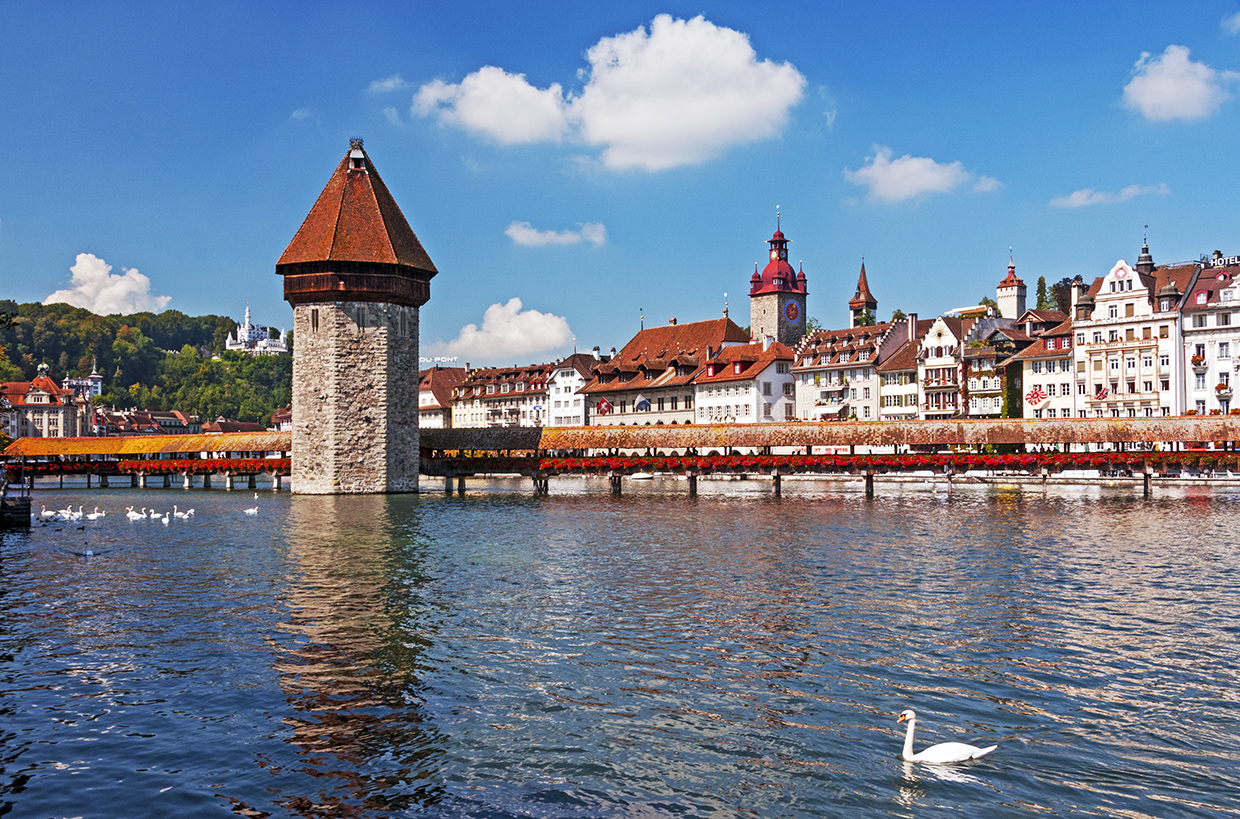
Disclaimer: This post contains affiliate links. This means I will earn a commission – at no extra cost to you — if you click on the link and purchase anything from these trusted companies. It helps Wander Your Way, a small business, stay in business. Thanks for your support!
Like it? Pin it!

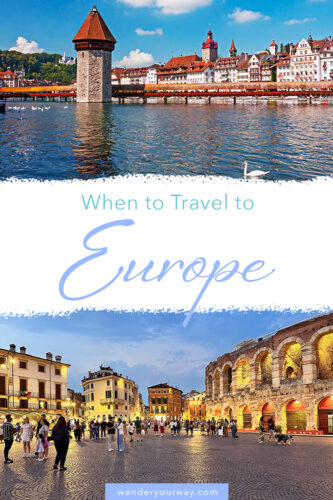











That’s some great advice, coming from a girl who visited Seville in August under forty degrees Celsius!! :)) Well said!
Oh Stefanie. I bet you melted in Seville in August. I went in mid-October and it was quite nice. Although I did have some rain!
For me there is never a bad time to travel to Europe 😉 But I see your point, some times are better than others depending on your end goal!
I completely agree, Katherine. It’s always a good time to travel to Europe!
Great tips in here for when to travel to Europe by season. We would love to go back for the Christmas Markets, it will be hard to choose which we want to go to though!
I would love to visit the Christmas markets! It is difficult to choose the right time. Anytime can be a good time!